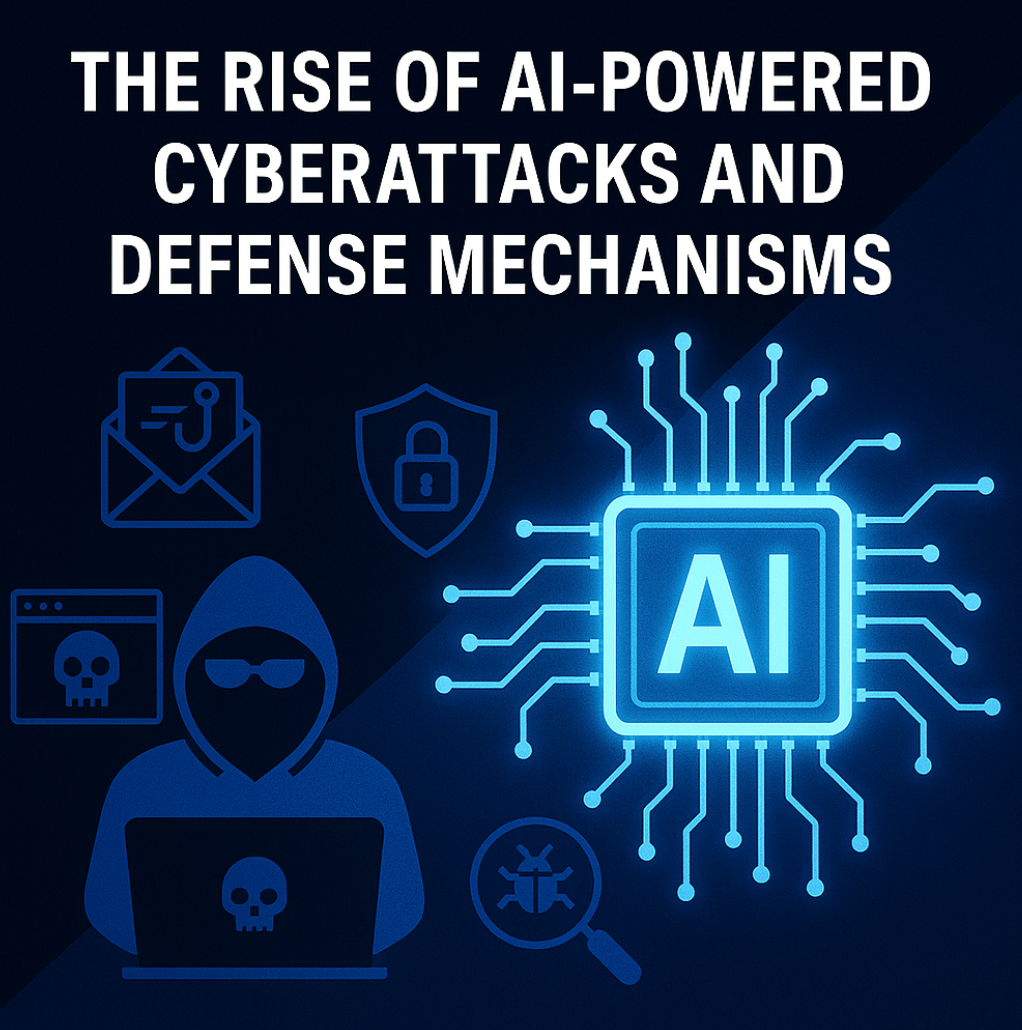How to Protect Yourself from AI-Powered Phishing Attacks
We’ve all heard about phishing attacks for years now. You know, those shady emails pretending to be your bank or Amazon, trying to steal your login info. But recently, a new and more dangerous version has started popping up—AI-powered phishing attacks.
As someone who follows cybersecurity trends closely, I can tell you: these new phishing attempts are scarily smart and can fool even tech-savvy people. So, let’s break down what these attacks are and, more importantly, how you can protect yourself.
What Are AI-Powered Phishing Attacks?
Old-school phishing used to be easy to spot. Weird grammar, suspicious links, and messages that just felt… off.
But now? Hackers are using AI tools—similar to ChatGPT or other advanced models—to write perfectly worded, natural-sounding messages. Worse, they can use data from social media or even past email hacks to make their phishing emails super convincing. Some of these emails can even mimic the writing style of people you know!
In short:
Phishing has evolved from clumsy scams to professional-grade trickery.
How to Stay Safe from AI-Powered Phishing
Here’s what I recommend (and what I personally do to stay protected):
1. Don’t Trust, Always Verify
If you get an unexpected message asking for personal info or urging you to act fast—pause and double-check. Even if it looks like it’s from someone you trust.
2. Check Links Carefully
Before clicking any link, hover over it. Look for misspellings or weird domain names. For example, “yourbank-login.com” might look real at first glance but is probably fake.
3. Enable Multi-Factor Authentication (MFA)
This is a must. MFA adds a second step when logging in, like a code sent to your phone. Even if hackers steal your password, they can’t get in without that second code.
4. Keep Your Software Updated
Outdated apps and operating systems are a goldmine for attackers. Turn on automatic updates wherever possible.
5. Stay Educated and Spread the Word
The more you know about phishing techniques, the harder it is for scammers to fool you. And don’t keep that knowledge to yourself—help family and friends stay safe, too.
6. Use AI-Powered Security Tools
The good news? AI isn’t just for hackers. Many antivirus and email security tools now use AI to detect and block phishing attempts before they reach you.
7. Report Suspicious Messages
If something feels wrong, report it. Whether it’s your company’s IT department or the platform (like Gmail or Outlook), reporting can help stop the scam from spreading.
Final Thoughts
AI-powered phishing is the next big threat in cybersecurity. But with the right habits and tools, you can stay one step ahead. Be cautious, stay informed, and don’t underestimate how clever these new scams can be.
Remember: even the smartest person can get tricked when they let their guard down. Stay sharp!





